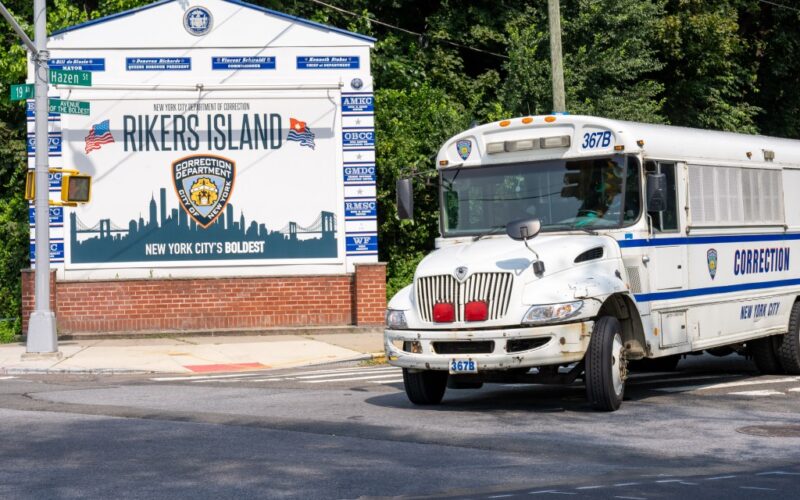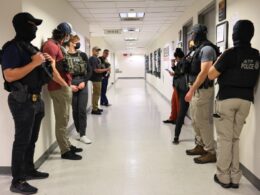The City Council was wrong to write a law purporting to ban solitary confinement on Rikers Island, as it would significantly constrict when officers can remove a violent detainee from the general population. So said Rikers Federal Monitor Steve Martin. So said Mayor Adams, who rightly vetoed the measure, which the Council overrode. And a year and a half later, so says Manhattan Federal Judge Laura Taylor Swain, who has now issued a temporary restraining order preventing the implementation of the well-meaning, but misguided law.
Swain — who has throughout her time presiding over litigation surrounding Rikers Island shown herself to be extraordinarily concerned with the rights and safety of the officers and detainees — did so not out of malice or a desire to see people held in deplorable conditions, but at the explicit recommendation of Martin, and upon the determination that the city was likely to succeed in its effort to have the law overturned.
This isn’t just a question of semantics or, as some advocates attest, a green light for the Department of Correction to indiscriminately warehouse detainees they find troublesome in inhumane confinement. It is a recognition that under certain exigent circumstances, officers may have to act quickly to safeguard not only the general population but the very people who are being removed and taken to be held elsewhere.
None of this is to argue that solitary confinement as a practice is generally appropriate or an acceptable way of contending with incidents like fights in a detention setting.
Prolonged confinement of this type is rightly considered torture by international organizations like the United Nations, and should not be a part of the regular arsenal of any detention system, including New York City’s. However, the Council misfired with the blunt instrument of a broad prohibition that could be read extraordinarily widely, including to even prevent temporarily moving someone to a separate cell after a violent altercation had broken out.
The DOC absolutely should adopt rules and standards that continue to limit the use of solitary confinement to prohibit the Kalief Browder-style prolonged individual detention without social contact or outside activity. But officers still do need some amount of flexibility to contend with evolving situations, though not so much flexibility that they can make up the rules as they go along, which has contributed to a culture of mismanagement and impunity at the island jail.
These are important questions, but are ultimately merely nibbling around the edges of the main problem, which is that Rikers Island has for decades now been a cesspool of unconstitutional conduct and rampant violence that has shocked even longtime criminal justice observers like Martin.
A leadership structure that is beholden to the correction union and has done very little to ensure that there are consequences for negligence and indifference presiding over a facility whose physical infrastructure is collapsing, putting both detainees and staff in multiple layers of danger, is not sustainable.
The ultimate fixes are not going to be easy to implement, but are relatively straightforward to identify, starting with leadership that is actually committed to improving things, which is why Swain’s earlier move to institute a receiver in all but name was positive. The city must also recommit to moving briskly to shut down Rikers itself, which means getting more serious about developing the borough-based jails necessary to house Rikers population while working to reduce the total headcount.








